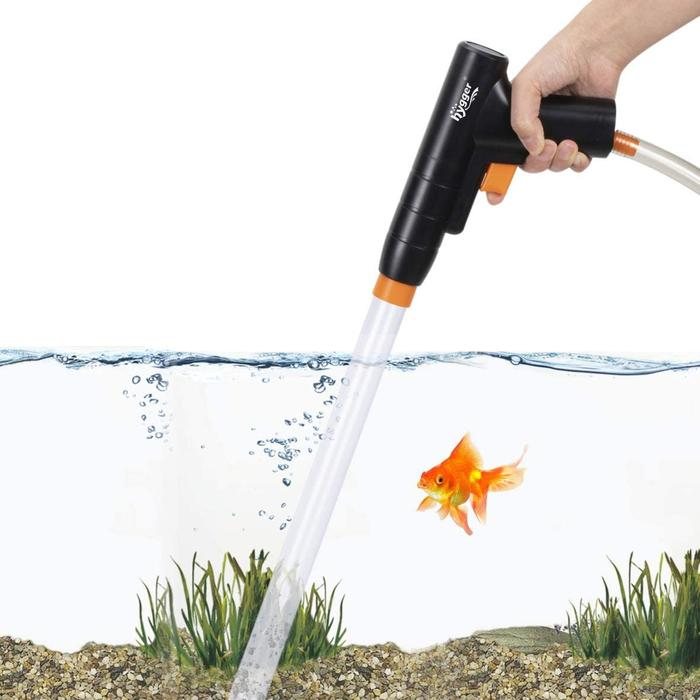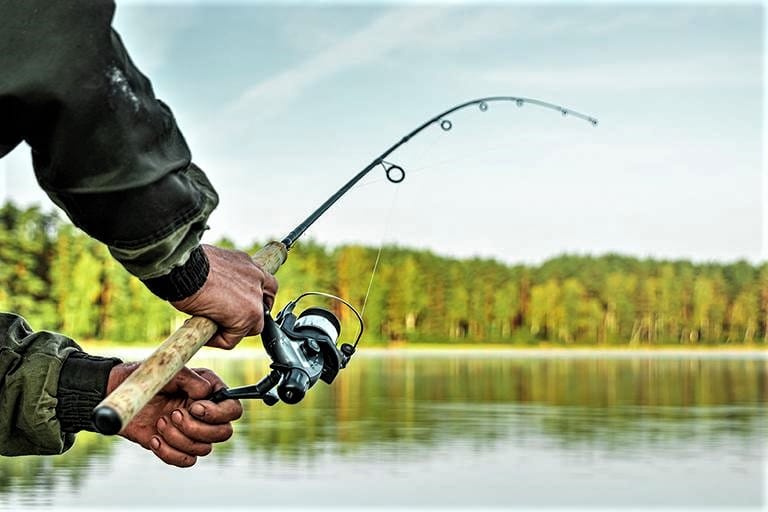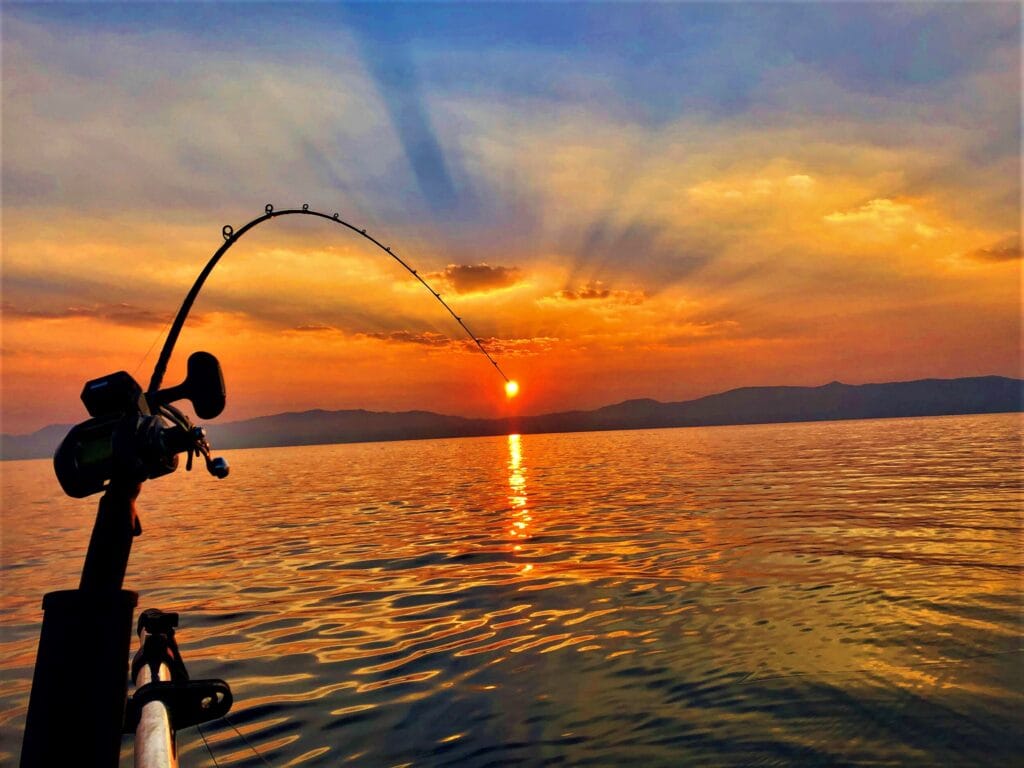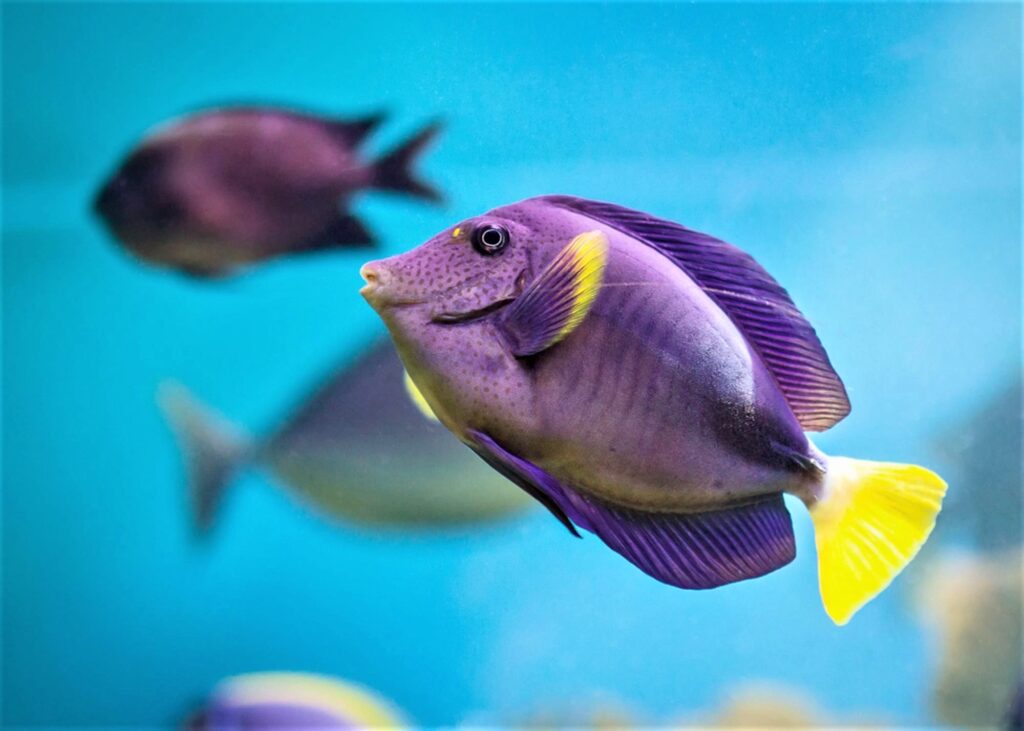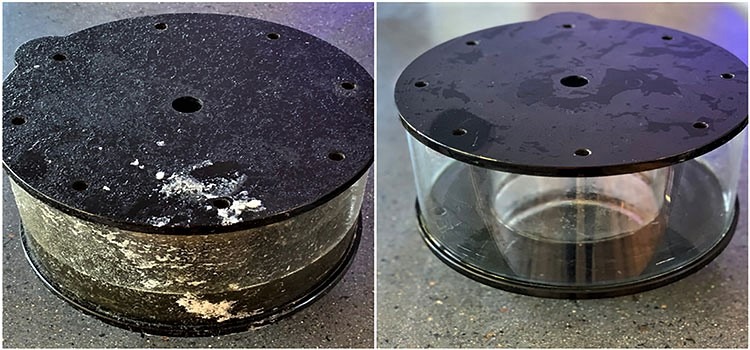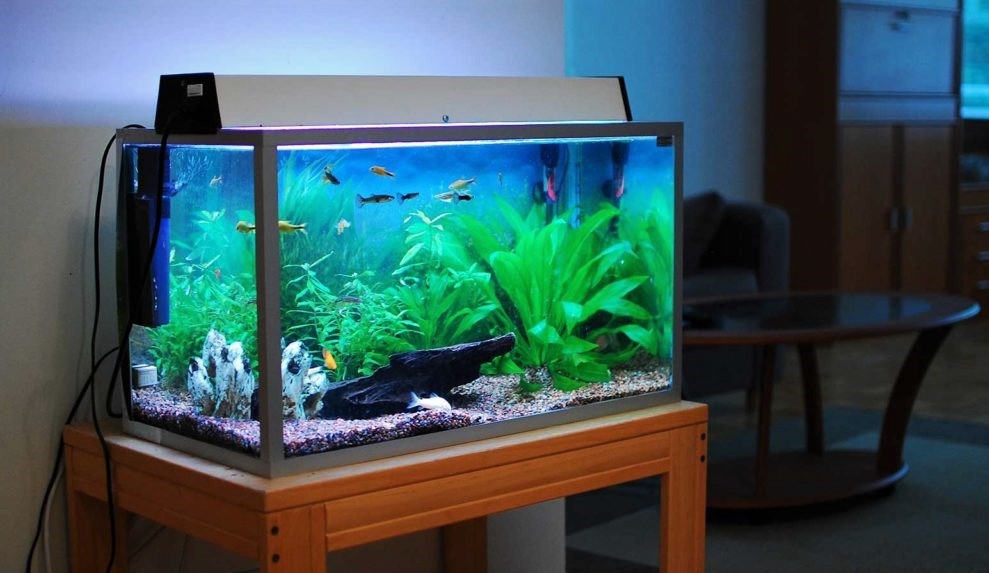Learning about how to set up and use a spinning rod and reel may seem difficult and boring at the same time. But you’ve made the first step to learn about it by clicking on this article, and by the end, you’ll be familiar with everything related to a spinning rod and reel. At first, it is a little challenging to grasp all the steps, but it becomes one of the easiest things to do as an angler with practice.
In this guide, you’ll learn all the vital parts of a spinning rod and reel. Spinning reels and rods are some of the most accessible fishing equipment to use and are great for beginners. The casting and setup system is by far the easiest as compared to other reels. Once setting up a spinning rod and reel becomes a routine, you won’t be varied by it. So, without any more delays, let’s get you started.
Spinning Reels Components & Functions
Spinning reels are one of the easiest to use reels for any angler. Even if you’re a beginner or casual fisher, a spinning reel is a must inside your fishing gear. Spinning reels provide the most basic experience, yet it is vital to get familiar with its parts and functions.
Spinning reels are more suited with lightweight lines since they can cast lures at greater distances. On the other hand, thicker lines are not well suited for spinning reels. These reels have a primary rotating spool and a handle that is simple to use and understand. Let’s go over some of the significant external parts of a spinning reel so that you get more comfortable with it. A spinning reel consists of:
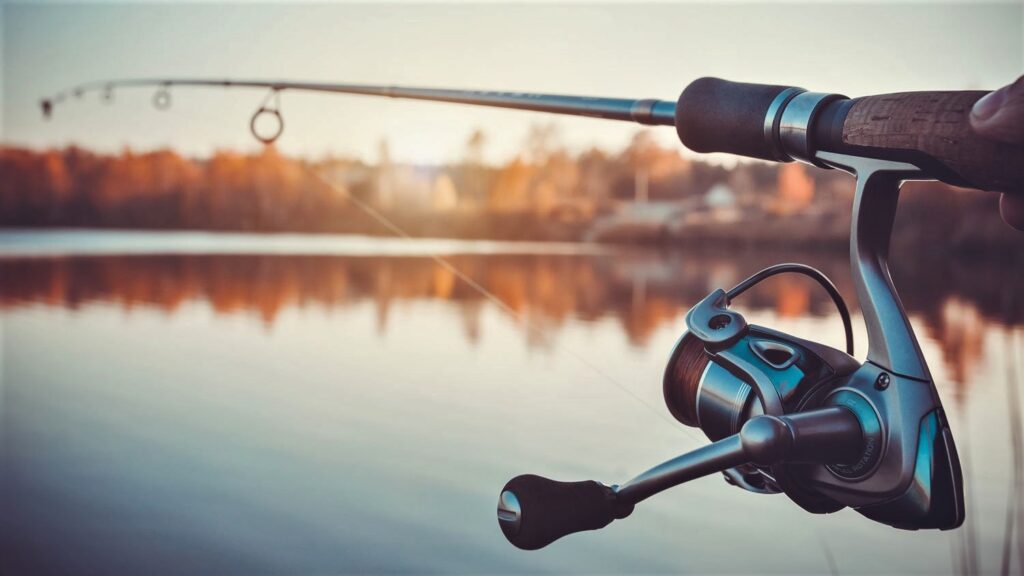
Spool:
The spool is one of the essential parts of a spinning reel. It is the circular portion where the line is wrapped. The spool holds the line and is managed by the handle by rotating it.
Bail:
The bail is a D-shaped metal arm that covers the spool. It can either be opened or closed. An open bail arm allows the line to pass through easily, whereas a closed bail arm restricts the line.
Handle:
The handle is pretty self-explanatory. It’s the extended arm on the side of a reel used to reel in or cast a bait. The handles are rotated clockwise and counterclockwise, and they can be on the right side of the spool or the left side, depending on the user’s preference.
Reel Foot:
The reel foot is the part that is connected to the fishing rod. A fishing rod has a spool seat where the reel is set in firmly.
Drag Knob:
You can set the drag knob to either tight or loose. It’s a feature that allows the ease of the line being suspended from the spool. A tight drag knob will constrict the line inside a closed bail. In contrast, a loose drag knob will let the line flow freely in a closed bail.
Line Roller:
The line roller allows the smooth transfer of line between the spool and the rod. It’s important to keep the line roller clean and even well lubricated in some cases to have no bump or friction.
Spinning Rod:
A spinning rod is a traditional rod meant for conventional fishing. It’s an excellent option for basic lightweight fishing. The spinning rods come in different variations, which allow the user to pick out what’s best for them. It has different lengths, sizes, and strengths.
A spinning rod is best suited with a spinning reel. It is possible to attach a bait caster reel to a spinning reel, but it’s not the best match. A spinning rod consists of:
Reel Seat:
Like we mentioned before, this is the part where the reel is fixed. The fish reeler foot is attached to the reel seat and tightened.
Handle:
The handle is at the bottom part of the rod. It is usually split with the reel in between both parts of the grip. The grip is made out of cork or is rubberized to reduce slipping.
Guides:
The eyelet guides are small holes along the rod starting from the handle to the tip. The line is meant to be passed through these holes before tying it around the spool.
Rod Tip:
The 4 inches on top of the rod is known as the rod tip. It’s much thinner than the rest of the rod, which helps alert when a fish is caught. The tip is pretty sensitive.
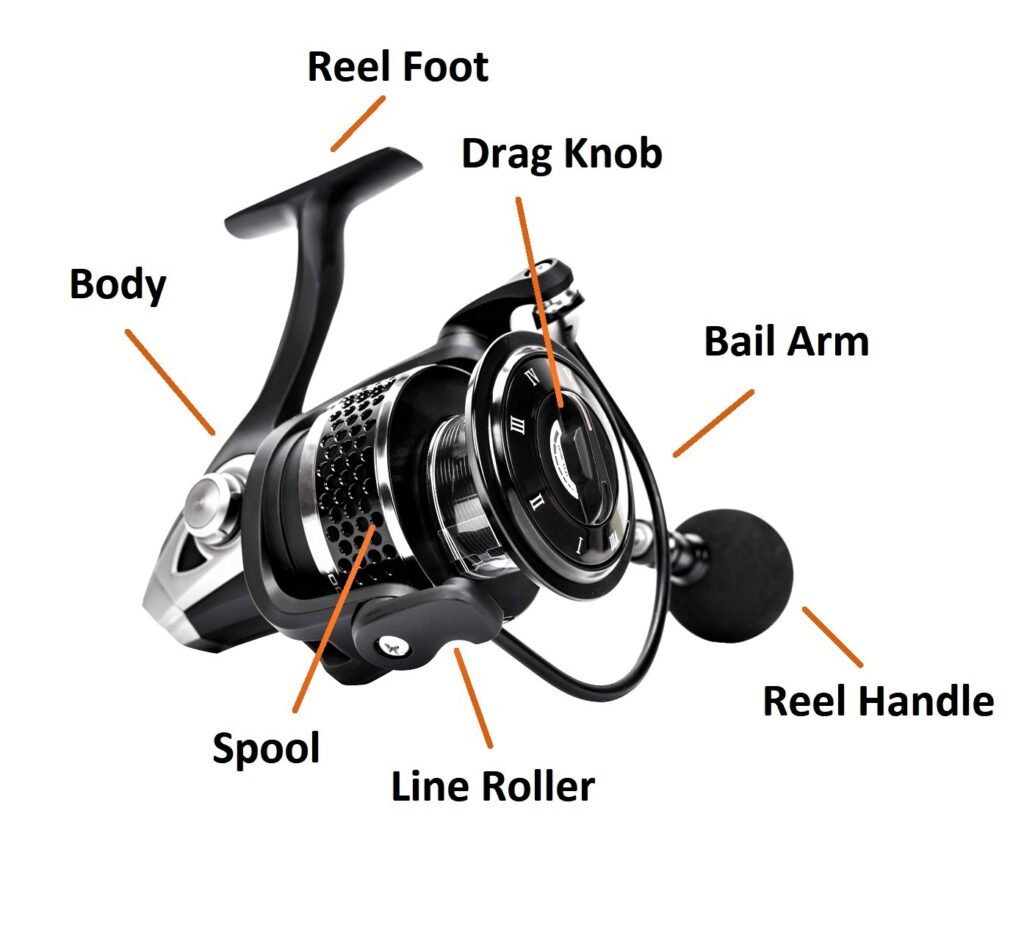
How to Setup a Spinning Rod and Reel
We will now get into the procedure of how to set up a spinning reel. These steps are simple to follow if you take them slowly, and in no time, you’ll get smoother with it and will be able to do it without any hiccups. Items you need:
- Spinning rod
- Spinning reel
- Fishing line
- A hook
- Lure or Bait
- Scissors
We already know what a spinning rod and a spinning reel are. You can find plenty of fishing lines in your nearby pet store. The significant types of fishing lines are Monofilament, braided, and fluorocarbon. For a spinning rod and reel, it’s best to get a monofilament line or a fluorocarbon one. These mentioned lines are light in weight and therefore are suitable for a spinning setup.
A hook is to be attached at the end of your suspended line. Hooks come in different sizes and weights. It is suggested that you get a small light hook. On a hook, you would need bait or a lure. Bait serves as live food for fish, whereas a lure is an artificial object that attracts a fish. Lastly, you will need a pair of scissors while setting up your spinning rod and reel.
Only once you’re done collecting these items only then you can move on further in this guide. Make sure everything is laid out in front of you separately, and then follow these simple steps:

Step 1:
The first thing you’ll pick up is the spinning rod and clean it properly. Once cleaned, you can now unscrew or loosen the reel seat near the rod’s handle. By loosening it, you will create space to fit your spinning reel easily into it.
Now grab the spinning reel, use the reel foot to slide it into the reel seat on the rod, and then tighten it. You can now test the grip of the reel by tugging on it a few times, and it should be firm.
Step 2:
The spinning rod and reel combination is done; you now need to apply the fishing line onto the spool. First of all, you will unwind your fishing line from its container and then make the line pass through all the guides, starting from the rod’s tip.
Now open the bail, which will allow the line to flow in easily. Now you’ll have to tie a knot, which you can do in various ways. One of the easiest methods for beginners is the overhand knot. Allow a hollow space so that it can wrap around the spool, then make an overhand knot. After that, you will tie two more minor slipknots to make the line firmly hold onto the spool.
Lastly, you will hold the rod standing up and start reeling in the line by rotating the handle. Ensure that the line is flowing smoothly and not tumbling or creating bumps; if it is, you can tie the knot again or flip the line container. When the spool is almost complete, you can stop and then use the scissors and cut off the line at a point where there are at least two feet of string hanging off the tip. Be careful, do not overspill the spool with an excessive fishing line.
Main types of knots are:
- Albright knot
- Clinch knot
- Palomar knot
Step 3:
The majority of the setup is done; now only remains some of the add-ons, which are not ignored. All that’s left now are some simple steps. First of all, using the overhand knot technique or any of the methods we mentioned, you will tie up a hook at your fishing line. A small hook is good enough to catch many kinds of fish ranging from small to medium size. For beginners, we also recommend the use of bobbers; they make sure the bait doesn’t float down to the lake bed. Bobbers are also helpful indicators when a fish nibs on your bait.
Other than that, it’s also convenient to add a split shot on your line just a few inches above the hook. The combination of a bobber and a split shot is one of our favorite setups. The split shot adds weight on the line to weigh it done, whereas the bobber holds it, so it doesn’t drown. This mix allows your bait to float perfectly in mid-level for the fish to see.
With that, your setup of a spinning reel and rod is done. Now we can learn about how to put it to use.
Related Also: Best Baitcasting Reels Under $100
How to Use a Spinning Reel
With your setup done, you can head on down to the nearby lake. Make sure you grab onto a handful of lures and baits that you can use during your fishing sessions. Worms, crickets, small crayfish, and grubs work great as baits. You can also acquire some lures too like spinnerbait, jigs, spoons, and flies. Each bait or lure is better suited for a specific kind of fish. So, it’s best to study what fish inhabit the lake you’re going to and what are the best types of baits and lures for it.
Once you’ve reached the lake and have your spinning reel ready, you can now attach the bait or the lure at the end of your hook. If you’re using bait, make sure it is fully covered around the hook to not slip off once inside the water.
Stand a few feet back from the water bank and let 1 or 2 feet of line hanging from the rod tip. Now firmly grip the fishing rod and flick open the reel bail. You will now pull the rod back and let it go behind you over your shoulder, and then jolt it forward to allow the bait to fly towards your desired spot. The strength behind your thrown depends on how far your target is.
If the cast doesn’t drop into the desired spot, you can reel it in and try it again. There’s no shame in repeating the steps because practice makes these skills perfect.
Once you successfully get your cast in, you can now wait for a fish to nibble on your bait. Do not worry because sometimes, fish can take a little while to notice and bite onto your bait. You can wait for a tug, or you can set your fishing rod on a stand and keep an eye on the bobber. When you see the bobber dip, that’s an indication that the bait is being bitten.
Now firmly hold your rod and starting reeling in your line. Small-sized fish may not put up a lot of fight, but they might tug and pull the line away. At this point, you will need to counter their movements while you reel in your line. With practice in no time, you’ll reel in your catch with a spinning reel and rod setup!
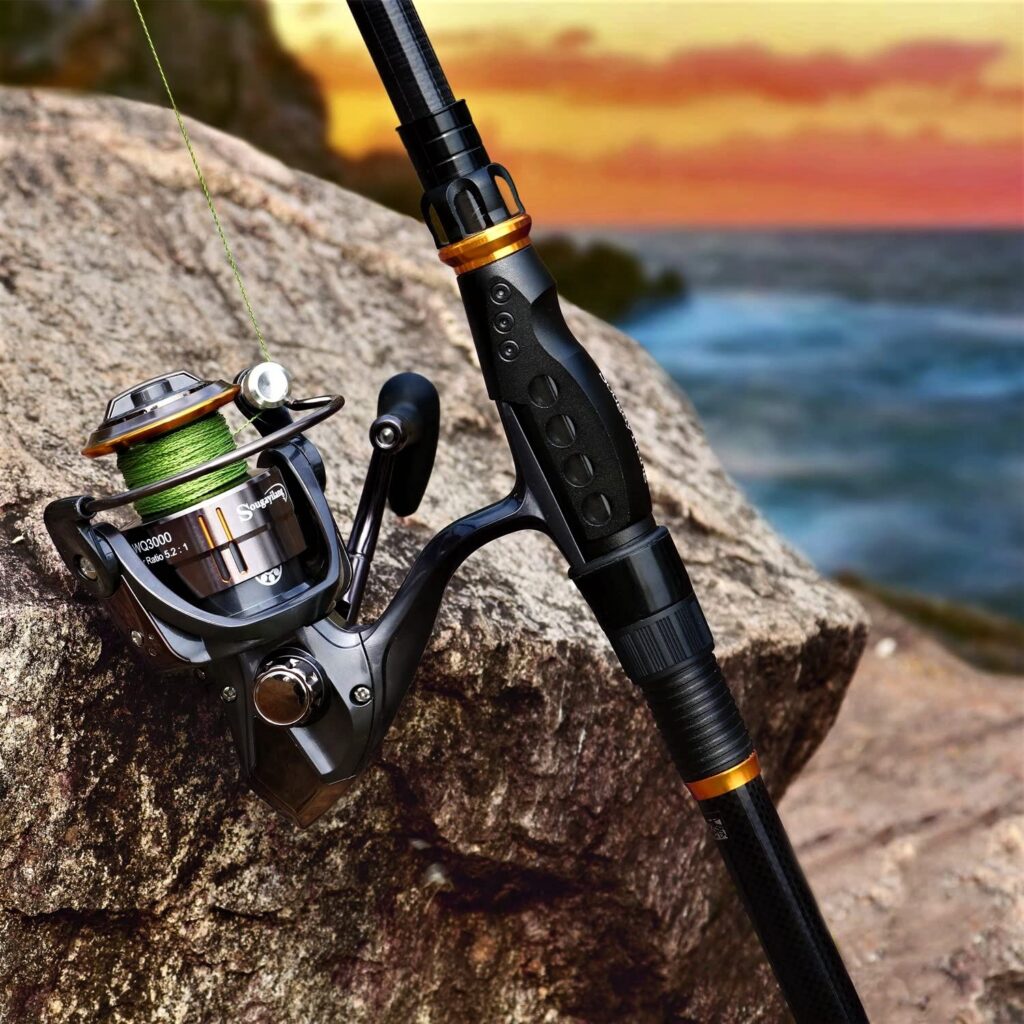
Summary
We hope that this simple guide will help you figure out a lot of stuff about spinning reels and rods. It can get a bit hectic to go through everything yourself initially, but this guide on how to set up and use a spinning rod and reel will surely track you in the right direction. There’s no better feeling than having your setup and catching a fish without anyone’s help. We can assure by following these steps; you will experience this amazing feeling.
